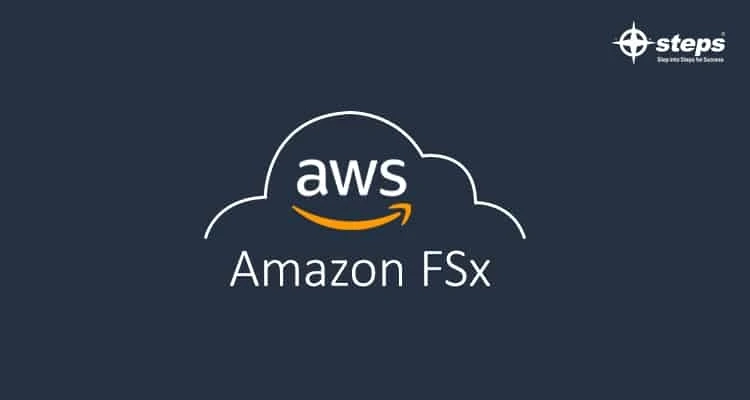For a long time, running SMB (Server Message Block) shares on top of the Active Directory domain was the traditional approach for exchanging files for Windows programmes. This domain was used for user authentication and authorization, as well as corporate rules enforcement, audits, and other functions.
This system, however, was most typically used with on-premises servers, and while it was simple to use, it did have drawbacks. For example, whenever you were about to run out of space, you had to extend your resources to accept additional data, which was a time-consuming procedure that required the purchase and setup of new gear. You also had to consider your Windows operating system’s licensing and upkeep.
Overall, the total cost of ownership for on-premises file sharing was high. The consequences of these limitations inspired Amazon to introduce Amazon FSx, a completely managed solution.
As a public cloud service, FSx should meet the demands of all clients that run Windows programmes on AWS and require network file storage. Let’s take a deeper look at FSx with that in mind.
What Is Amazon FSx?
Amazon FSx is a service that provides file systems for a variety of workloads, including Windows application storage, machine learning, EDA, and high-performance computing. Because FSx is a fully managed service, Amazon handles all the hardware provisioning, configuration, and backups. Lustre file systems are also supported by Amazon Fsx.
From full SMB protocol (SMB 2.0 – 3.1.1) and Windows NTFS support to Active Directory integration for authentication, Amazon FSx for Windows File Server has everything you need to support your Windows-based applications running on the AWS cloud.
It runs on SSD storage and is lightning fast, with high IOPS and throughput and stable sub-millisecond latencies. You can specify the file system size (up to 64 TB) and the throughput in megabytes per second (up to 2,048 MB/second is supported). While Amazon FSx shares are only available in a single Availability Zone (AZ), you can have many AZs and use Microsoft DFS for replication and failover if necessary.
When it was first released, Amazon FSx was only accessible from within the AWS cloud (from a VPC in which it resides); however, Amazon released an update that allows it to be used with your on-premises applications through either DirectConnect or a VPN connection. FSx shares can also be accessed from VMware Cloud on AWS and Amazon Workspaces.
Because of the AWS infrastructure that supports it, Amazon FSx is extremely secure. Because the Virtual Private Cloud (VPC) contains all the file systems, you can use Security Groups (SG) and Network Access Control Lists (NACL) to allow or prohibit traffic as needed. All data is also encrypted in transit and at rest, and all activities are documented in CloudTrail. Amazon FSx is also compliant with ISO, SOC, and PCI-DSS.
Go ahead and grab on the Amazon Web Services Training centers in Kochi if you want to get started right away. The best teachings and talents come from the best solutions’ courses. Several of the main aspects discussed in this article make it easier for you to be better prepared for a successful start. . Furthermore if you need any assistance you can always reach out to AWS coaching in Kochi to set up your job oriented journey.


